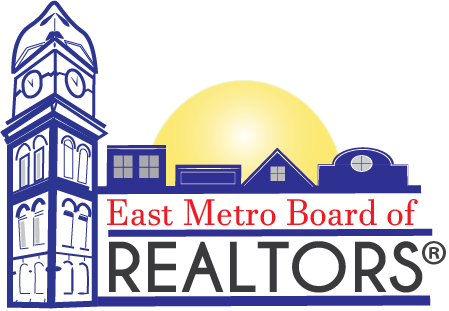Key Highlights
- The South region leads with four of the 10 housing hot spots, followed by the Midwest with three.
- NAR predicts that mortgage rates will stabilize near 6% in 2025.
- NAR projects 4.5 million existing home sales and a $410,700 median existing-home price in 2025.
WASHINGTON (December 12, 2024) – The National Association of Realtors® today announced 10 top hot spots for the 2025 housing market based on economic, demographic and housing factors predicted to significantly impact local markets as detailed in NAR's newest report, Housing Hot Spots for 2025: Top Markets Amid Stabilizing Rates. NAR Chief Economist and Senior Vice President of Research Lawrence Yun revealed 10 top housing hot spots, provided a 2025 real estate and economic outlook and reviewed the 2024 housing market during NAR's sixth annual Real Estate Forecast Summit: The Year Ahead.
"Important factors common among the top performing markets in 2025 include available inventory at affordable price points, a better chance of unlocking low mortgage rates, higher income growth for young adults and net migration into specific metro areas," said Yun.
The 10 Top Housing Hot Spots for 2025
In alphabetical order, the following 10 markets have been identified as the top performers for 2025 due to their strengths across several indicators. All areas offer a favorable financing environment – either with lower proportions of locked-in homeowners or lower mortgage rates. In addition, most of these markets outperform the national average in at least six of NAR's 10 criteria (details in methodology below).
- Boston-Cambridge-Newton, Massachusetts-New Hampshire
- Charlotte-Concord-Gastonia, North Carolina-South Carolina
- Grand Rapids-Kentwood, Michigan
- Greenville-Anderson, South Carolina
- Hartford-East-Hartford-Middletown, Connecticut
- Indianapolis-Carmel-Anderson, Indiana
- Kansas City, Missouri-Kansas
- Knoxville, Tennessee
- Phoenix-Mesa-Chandler, Arizona
- San Antonio-New Braunfels, Texas
NAR expects the Federal Reserve to maintain a gradual approach to easing monetary policy in 2025. While concerns about federal deficits and rising public debt may cap the extent of those rate cuts, borrowing costs are anticipated to stabilize overall, offering some relief to prospective buyers. NAR forecasts that mortgage rates will stabilize near 6% in 2025, likely establishing a new normal. At this rate, more buyers are expected to come back to the market, boosting activity, and the association projects 4.5 million existing-home sales in 2025.
The association also predicts that home prices will continue to increase in 2025, but at a slower pace compared to previous years – with increases likely to be around 2% – reaching a $410,700 median existing-home price.
While the national housing shortage remains, inventory levels are gradually improving and poised to increase further in 2025. This uptick is anticipated to result from a combination of new construction projects and homeowners deciding to list their properties, encouraged by stabilizing mortgage rates and improving market conditions. NAR expects this to lead to increased construction, with housing starts reaching 1.45 million units in the next couple of years, just shy of the historical average annual level of 1.5 million units.
"Home buyers will have more success next year," said Yun. "The worst of the affordability challenges are over as more inventory, stable mortgage rates and continued job and income growth pave the way for more Americans to achieve homeownership."
Methodology for Housing Hot Spots for 2025
NAR identified the 2025 housing hot spots by analyzing how each area performs relative to the national level across the following 10 key economic, demographic and housing factors: 1) Share of locked-in homeowners; 2) Average mortgage rate; 3) Job growth; 4) Share of millennial renters who can afford to buy a home; 5) Net migration to population ratio; 6) Share of households reaching homebuying age in the next five years; 7) Share of out-of-state movers purchasing a home; 8) Share of homeowners surpassing the average length of tenure; 9) Share of starter-owner occupied units; and 10) Home price appreciation.
About the National Association of Realtors®
As America's largest trade association, the National Association of Realtors® is involved in all aspects of residential and commercial real estate. The term Realtor® is a registered collective membership mark that identifies a real estate professional who is a member of the National Association of Realtors® and subscribes to its strict Code of Ethics. For free consumer guides about navigating the homebuying and selling transaction processes – from written buyer agreements to negotiating compensation – visit facts.realtor.
